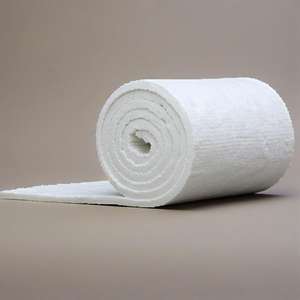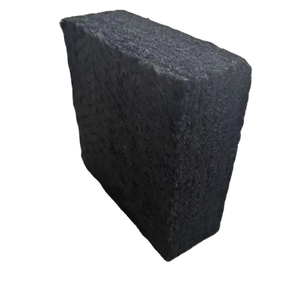Professional industry ceramic supplier, silicon nitride, silicon carbide, aluminum nitride and any other kinds of ceramics.
PRODUCT PARAMETERS
Description
Overview of Ceramic Fiber for Refractory Applications Fiber blanket insulation blanket, ultra-wool insulation, ceramic fiber blanket.
Ceramic Fiber for Refractory Applications Fiber blanket insulation blanket, ultra-wool insulation, ceramic fiber blanket. is a lightweight, high-temperature insulation material composed primarily of alumina-silica. It is manufactured through a melting and spinning or blowing process, resulting in a flexible, wool-like textile. This material is engineered to provide exceptional thermal management, conserving energy and protecting equipment in extreme temperature environments across various industries.
Features of Ceramic Fiber for Refractory Applications Fiber blanket insulation blanket, ultra-wool insulation, ceramic fiber blanket.
-
Excellent Thermal Stability: Withstands continuous operating temperatures up to 1260°C (2300°F) and higher for certain grades, with minimal shrinkage.
-
Low Thermal Conductivity: Provides highly efficient insulation, reducing heat loss and improving energy efficiency.
-
Lightweight & Low Heat Storage: Offers low thermal mass, enabling rapid heat-up and cool-down cycles for improved process control and energy savings.
-
Thermal Shock Resistance: Highly resistant to damage from rapid temperature changes.
-
Excellent Flexibility & Resilience: Can be fabricated into blankets, boards, papers, and textiles to fit complex shapes and applications.
-
Good Chemical Stability: Resists attack from most corrosive agents, except strong alkalis and hydrofluoric acid.
Specification of Ceramic Fiber for Refractory Applications Fiber blanket insulation blanket, ultra-wool insulation, ceramic fiber blanket.
Ceramic fiber blanket insulation functions well for high warm scenarios. People also call it ultra-wool insulation. This material takes care of extreme temperature levels easily. It withstands continuous warm up to 1260 ° C. Short term direct exposure goes also greater. The blanket is made from alumina and silica fibers rotated with each other. This develops a non-crystalline structure. That framework provides it key homes.
The insulation can be found in different densities. Thicker blankets resist heat circulation much better. Lighter ones are simpler to manage. All kinds have extremely reduced thermal conductivity. This suggests heat actions with them slowly. They keep warm inside heating systems or kilns successfully. Utilizing this insulation saves substantial energy. It reduces home heating prices over time.
Ceramic fiber blanket is remarkably lightweight. It weighs a lot less than antique block or castable refractories. This makes setup easier and quicker. Workers reduced and form it with routine devices. The product remains versatile. It fits firmly around pipes or complicated shapes. This prevents heat leakages. The covering resists most chemicals also. Heater gases or molten steels don’t harm it conveniently. It handles thermal biking well. Home heating up and cooling repetitively creates little stress and anxiety.
This insulation is perfect for lining heating systems, kilns, boilers, and ovens. It benefits ducting and exhaust systems requiring heat control. Individuals utilize it in aluminum melting heating systems, steel reheat heating systems, and petrochemical biscuits. Constantly use correct safety gear when managing. Handwear covers and masks secure versus loose fibers throughout installment.
Applications of Ceramic Fiber for Refractory Applications Fiber blanket insulation blanket, ultra-wool insulation, ceramic fiber blanket.
Ceramic fiber blanket insulation provides extraordinary warm security for demanding commercial settings. This material endures incredibly high temperatures. It keeps heat consisted of properly. Many industries rely on its efficiency. Heating system cellular linings benefit significantly. The blanket works as a critical barrier. It safeguards the furnace structure. Warm loss goes down considerably. This saves significant power. Operating prices end up being lower. Employees additionally get security. Surface area temperature levels lower significantly. The danger of burns reduces.
Pipe and duct insulation is an additional significant use. Covering pipelines with ceramic fiber blanket quits unneeded heat escape. Refine temperatures stay regular. Energy effectiveness enhances. Gas intake reduces. This is important for plant procedures. Kilns and stoves depend on this insulation. Inner temperature levels stay uniform. Product top quality remains high. The material deals with thermal shock well. Sudden temperature adjustments trigger no damages. Expansion joints need trusted product. Ceramic fiber covering presses and rebounds flawlessly. It secures voids securely. Warm gases can not leakage out. This preserves system honesty.
Installment is straightforward. The blanket is lightweight and adaptable. Workers reduced and shape it quickly. It fits snugly around intricate equipment. No special tools are essential. This conserves useful labor time. Sturdiness is an essential advantage. The material resists most chemicals. It does not rot or deteriorate gradually. Lengthy service life is anticipated. Minimal maintenance is needed. Fire security is inherent. The covering itself does not burn. It offers a vital fire obstacle. Securing frameworks and equipment is important. Industrial processes run hotter and a lot more effectively. Ceramic fiber blanket insulation makes this achievable.
Company Profile
Tanki New Materials Co.Ltd. focus on the research and development, production and sales of ceramic products, serving the electronics, ceramics, chemical and other industries. Since its establishment in 2015, the company has been committed to providing customers with the best products and services, and has become a leader in the industry through continuous technological innovation and strict quality management.
Our products includes but not limited to Aerogel, Aluminum Nitride, Aluminum Oxide, Boron Carbide, Boron Nitride, Ceramic Crucible, Ceramic Fiber, Quartz Product, Refractory Material, Silicon Carbide, Silicon Nitride, ect. please feel free to contact us.
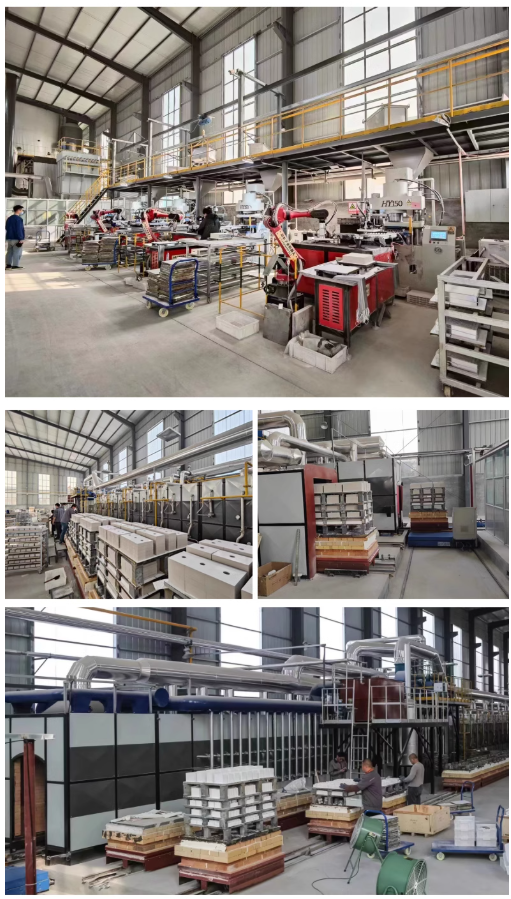
Payment Methods
T/T, Western Union, Paypal, Credit Card etc.
Shipment Methods
By air, by sea, by express, as customers request.
5 FAQs of Ceramic Fiber for Refractory Applications Fiber blanket insulation blanket, ultra-wool insulation, ceramic fiber blanket.
Ceramic fiber blanket is a common insulation material for high heat applications. People often ask what it actually is. It’s made from alumina-silica materials spun into flexible, lightweight fibers. This structure traps air pockets effectively.
What temperatures can it handle? Standard ceramic fiber blankets usually work up to 2300°F (1260°C). Higher-grade versions withstand even more heat, reaching 2600°F (1425°C) or beyond. Always confirm the specific blanket’s rating matches your furnace or equipment needs.
How do you install it? The blanket is easy to cut with knives or scissors. You can layer pieces together. Fixing it to surfaces uses simple methods: metal anchors, welding studs, or special high-temperature adhesives. Thickness depends on the required insulation level.
Why choose ceramic fiber blanket over other insulations? Its low heat storage is a major plus. Furnaces heat up fast and cool down quickly, saving energy. It also handles thermal shock extremely well. Sudden temperature changes won’t crack it like brick linings might. The material is also very light, putting less stress on structures.
Are there safety steps during installation? Yes, handling requires care. The fibers can irritate skin and lungs. Wear gloves, long sleeves, and a proper dust mask. Good ventilation in the work area is essential. After installing, a protective coating is often applied. This seals the surface, reducing fiber release during operation.
REQUEST A QUOTE
RELATED PRODUCTS
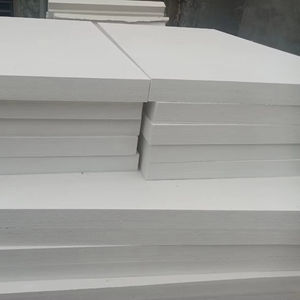
High operating temperature 1260°C ceramic fiber blanket
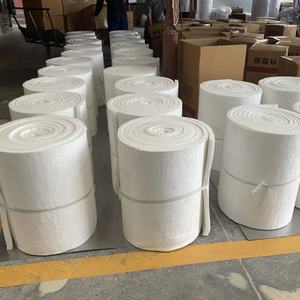
Ceramic Fiber board for industrial furnaces, 3000°F insulation, refractory and thermal insulation applications
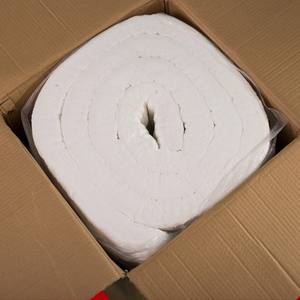
High-temperature resistant ceramic fiber board, premium modern design insulation material.
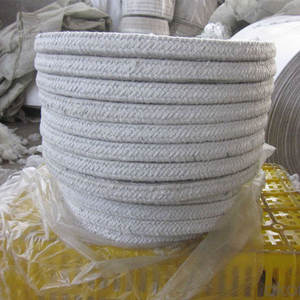
BIOWOOL Insulation Blocks, Ceramic Fiber or Various Ceramic Fiber Products with Biosoluble Fiber
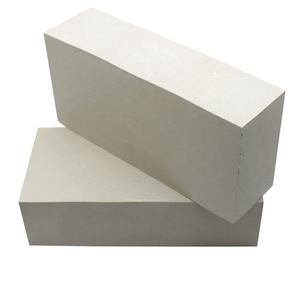
High-temperature corrosion-resistant silicon carbide guide kiln sintering, reaction sintering, Ceramic Alumina Ceramic Fiber.
